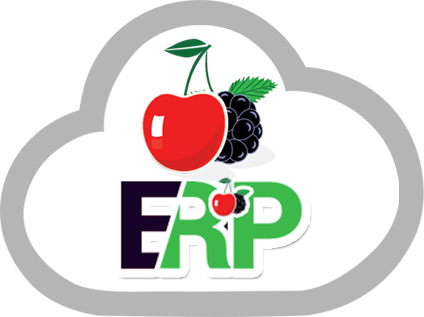Attendance Management System: Streamlining HR in the Digital Era
A company can get several advantages by measuring attendance. One of the main advantages is the ability to assist payroll and HR staff in effectively processing employee payments. Maintaining attendance records will enable you to comply with all relevant labor rules as an HR expert. Simplifying your attendance control techniques might also guarantee that you have adequate resources to finish tasks on schedule. The old techniques of manually recording attendance are no longer a viable option because employees are more flexible and work from different locations. A cloud-based attendance management system can help in this situation.
What is an Attendance Management System?
An attendance management system is a cloud-powered HR technology platform that allows businesses to automate attendance-tracking processes as well as maintain track of employee hours of operation. It generally allows workers to indicate their attendance via its online or mobile application, or it interfaces with the system for biometric attendance to synchronize the attendance data. Many attendance management systems include face recognition technology, which verifies employee identities when they come to the workplace and when they leave. These attendance records are centrally stored in one database and are accessible to HR staff at any time and from any location.
When is an Attendance Management System Required?
If you’re debating whether or not to implement an attendance management system in your organization, consider the following three indicators:
You Manually Track Attendance:
When you merely have a few staff, traditional registers or digital spreadsheets may appear handy. However, as your company grows, the human resources department may find it difficult to keep track of your employees’ attendance and collect attendance data for the processing of payroll. It may also be inconvenient for your personnel to sign accounts each morning physically. They anticipate that their company, like their personal technologies, will have a simple-to-use attendance monitoring system.
Payroll Mistakes are not Common.
Manually tracking employee attendance exposes your attendance data to human error. When you utilize the same errored data for the processing of payroll, you may wind up computing your employees’ gross pay inaccurately, which has an impact on staff morale and contentment. When employing this method, payroll processing might take substantially longer since your team must manually compute your workers’ working hours, leaves, breaks, and overtime data. As a result, you may be unable to complete payroll on time.
Ensuring Compliance Appears to be a Mammoth Effort.
When you don’t have an appropriate system in place to manage staff attendance, employee attendance data may be fragmented and improperly reported. This data must be meticulously documented to maintain compliance with different labor rules, such as those requiring firms to offer a set number of days off and reimburse employees for any work done over time. During assessments, you might observe your team straining to arrange attendance data and incurring high fines for noncompliance.
Key Benefits of an Attendance Management System:
- Improved payroll accuracy: An automated system connects attendance data directly to payroll. It ensures staff are paid precisely for the hours they work without relying on manual calculation. This prevents payroll errors.
- Better compliance: Sophisticated systems track all attendance-related information such as timesheets, breaks, sick days, vacations, etc. This level of tracking and data improves compliance with labor laws and regulations.
- Enhanced reporting and analytics: Managers can easily access valuable attendance data like overtime reports, absenteeism patterns, tardiness records, vacation/sick day analysis, and more. This empowers better staffing and HR decisions.
- Increased productivity: By reducing time theft and having instant visibility into absenteeism trends, managers can take steps to enhance workforce productivity. Software may also enable remote clock-in to accommodate mobile workers.
- Streamlined processes: Automated approved workflows and self-service portals eliminate manual processes around tracking attendance exceptions or managing leave/vacation requests. This saves managers time while empowering employees.
Conclusion:
An attendance management system saves the time of your HR department for tracking attendance data. It also helps them easily access data from anywhere. These automated systems heighten payroll accuracy and optimize employee working hours data, regulatory compliance, productivity, and labor analytics while creating more efficient workflows across the organization. These powerful benefits justify the adoption of these systems by most modern enterprises. CherryBerry ERP also provides the service of this software. Contact them if you want.
